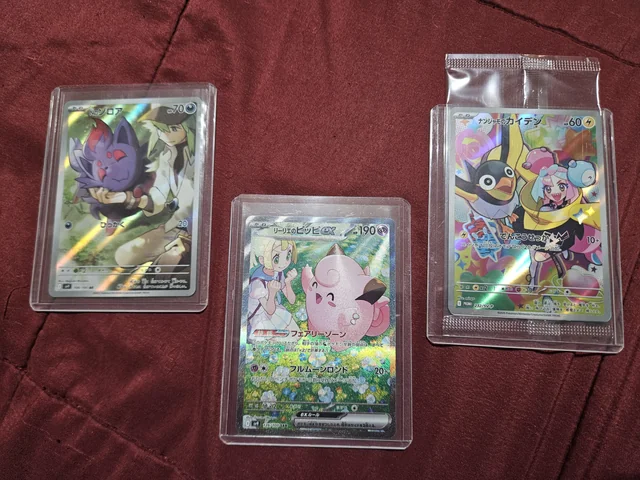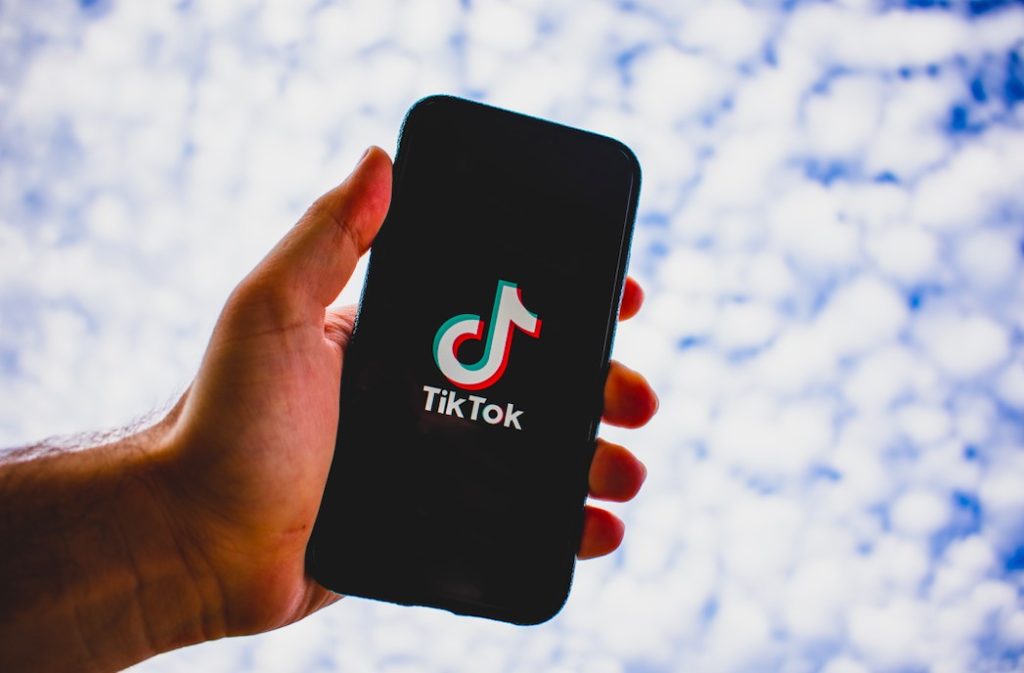Law enforcement agencies around the world are facing increasingly complex challenges in tracking transactions on the darknet, particularly in relation to illicit marketplaces. These underground digital markets provide a platform for users to engage in a variety of illegal activities, including drug trafficking, weapons sales, and cybercrime services. As these markets grow in sophistication, so too does the need for advanced techniques to track, identify, and dismantle criminal operations. One of the major hurdles in monitoring these platforms is the use of encryption and anonymity-enhancing technologies that protect the identities of buyers and sellers. The use of cryptocurrencies further complicates investigations, as digital currencies are often used to obfuscate the flow of money and make transactions harder to trace. A key challenge law enforcement faces in the digital realm is the sheer scale and speed at which these markets operate. Many of these marketplaces are decentralized, meaning that they are not hosted on a single server but instead spread across a network of nodes, which makes them difficult to shut down completely.
In addition, the rapid pace at which these platforms emerge and disappear further complicates efforts to track criminal activities. Operators often take measures to keep their operations hidden, such as using decentralized hosting methods or shifting their marketplaces to new domains to avoid detection. As a result, authorities must be continually adaptive and resilient in their approach to these ever-changing digital spaces. Another obstacle for law enforcement is the difficulty in gaining access to the marketplaces themselves. Some dark web markets require specific knowledge or even an invitation to access, making them selective and exclusive. This means that only a small number of law enforcement officials, usually with significant technical expertise, can infiltrate these markets. Even then, accessing the platform is only the first step; maintaining a presence and gathering valuable intelligence without drawing attention is an ongoing challenge. Officers often have to engage in long-term undercover operations, which can be resource-intensive and take considerable time to yield results.
The anonymity provided by modern encryption technologies makes it increasingly difficult to trace individuals involved in illicit transactions. Furthermore, many darknet marketplaces facilitate the use of cryptocurrencies, which offer a level of pseudonymity that further complicates financial tracing. While there are some methods available to track cryptocurrency transactions, such as blockchain analysis, they are not foolproof and can be bypassed with advanced Wethenorth url techniques like coin mixing or using privacy coins designed for anonymity. To counter these challenges, law enforcement agencies have begun collaborating with private companies and tech experts who specialize in cybercrime investigations. These collaborations allow for a more comprehensive approach to identifying patterns and behaviors across a variety of digital platforms. In addition, international cooperation has become increasingly important, as many of these criminal activities span across borders.












